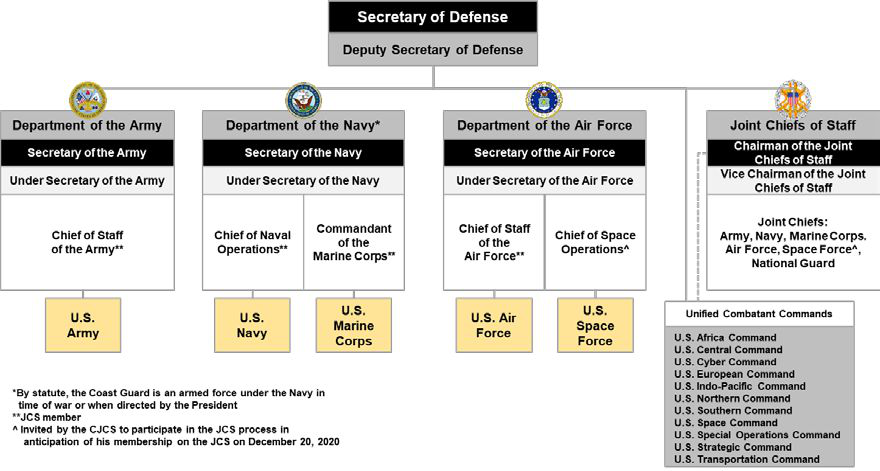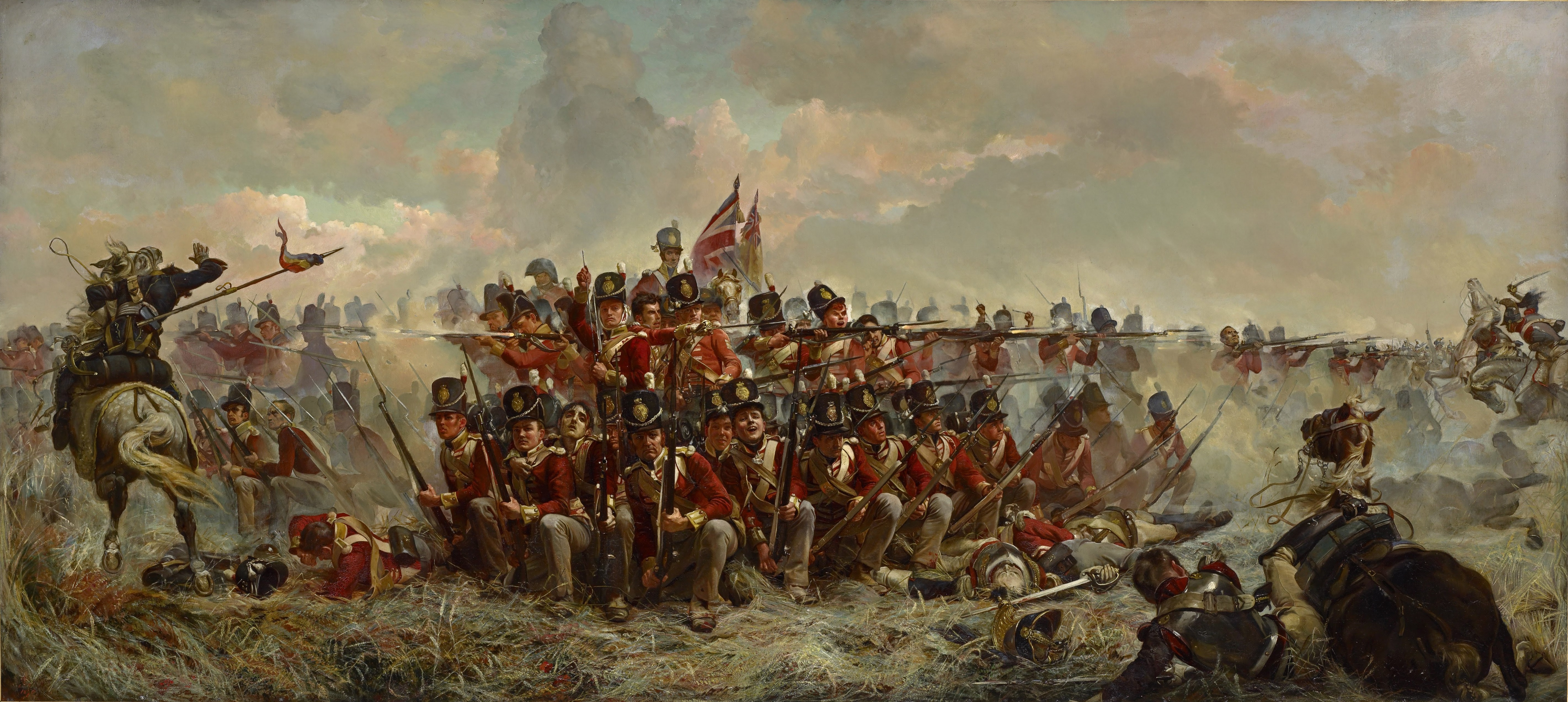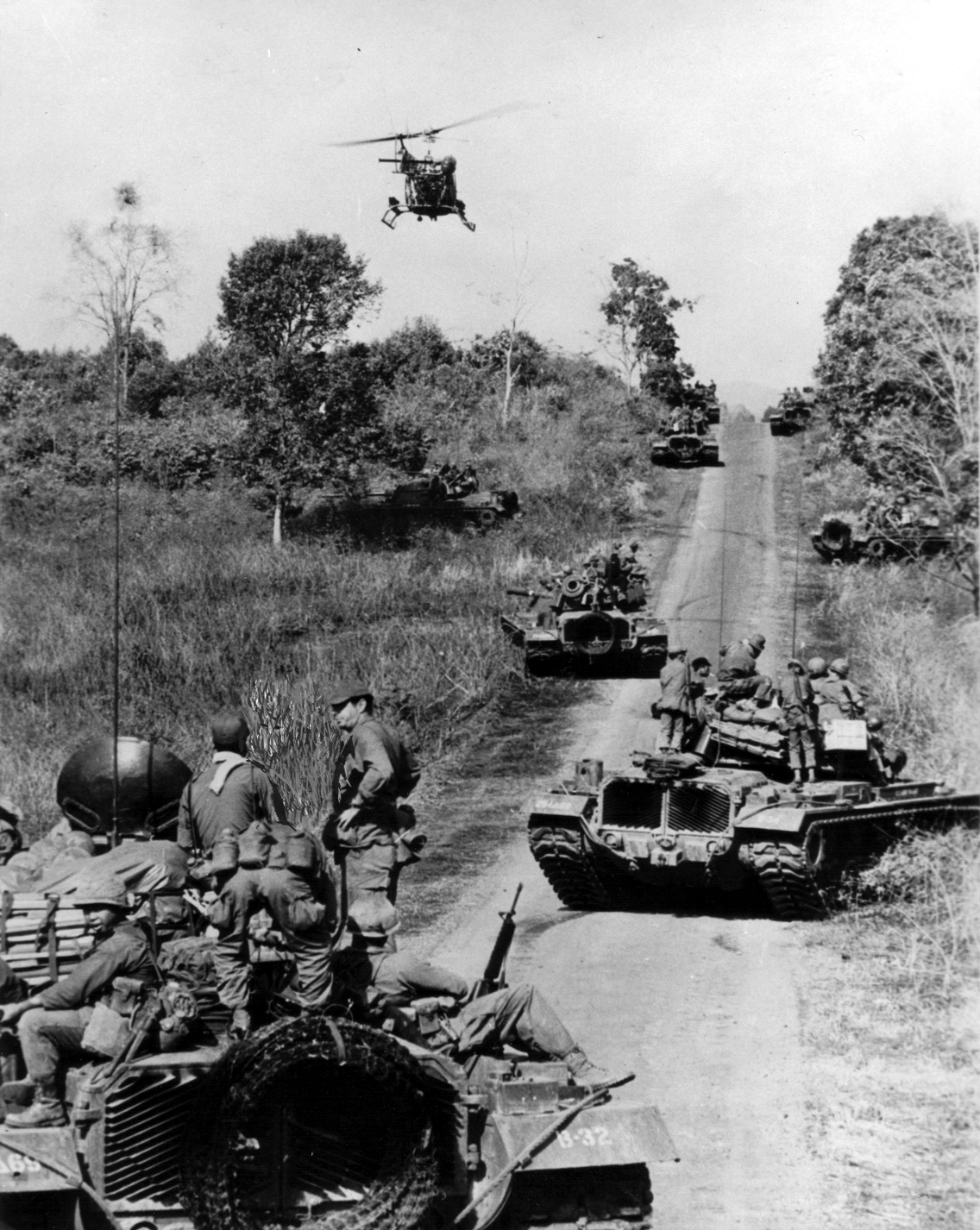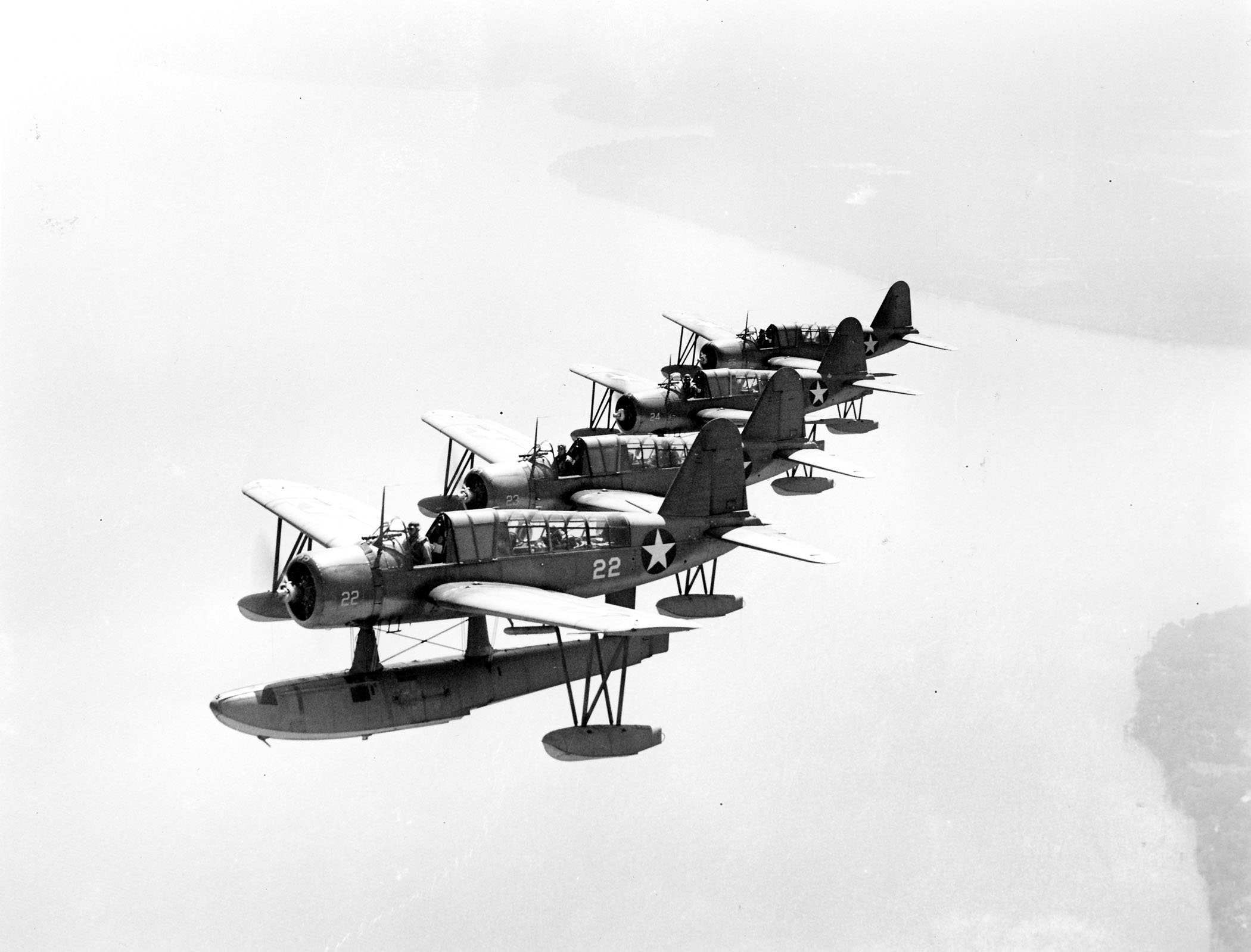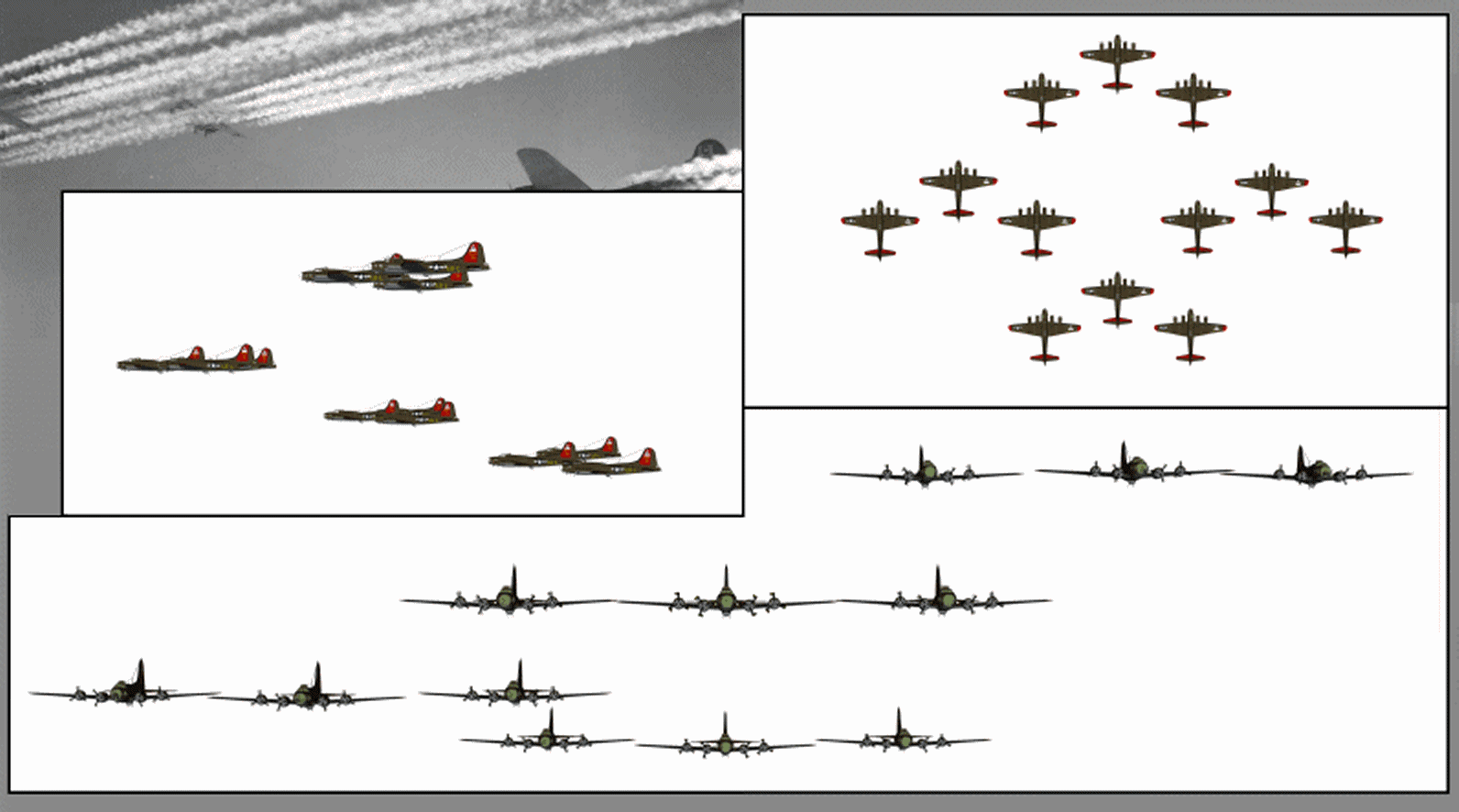|
Tactical Formation
In military operation , military-style operations, a tactical formation (or tactical order) is the arrangement or deployment of movable military or policing forces such as Infantry tactics, infantry, cavalry tactics, cavalry, armoured fighting vehicle, AFVs, military aircraft, or navy, naval vessels. History Formations occur in tribal societies, such as the of the Māori people, Māori. Ancient Greek warfare , Ancient Greek and Military history of ancient Rome , Ancient Roman armies developed effective disciplined infantry formations. Ancient or medieval formations include shield walls (''skjaldborg'' in Old Norse), phalanxes (lines of battle in Close order formation, close order), testudo formations, and skirmisher, skirmish lines. A renewed emphasis on military formations came with the mass use of firearms in the European Military Revolution of the Early modern period. List of tactical formations Tactical formations include: * Forlorn hope * Formation flying * Bagua ... [...More Info...] [...Related Items...] OR: [Wikipedia] [Google] [Baidu] |
Military Operation
A military operation (op) is the coordinated military actions of a state (polity), state, or a non-state actor, in response to a developing situation. These actions are designed as a military plan to resolve the situation in the state or actor's favor. Operations may be of a combat or Military operations other than war, non-combat nature and may be referred to by a code name for the purpose of national security. Military operations are often known for their more generally accepted common usage names than their actual operational objectives. Types of military operations Military operations can be classified by the scale and scope of force employment, and their impact on the wider conflict. The scope of military operations can be: * Theater (warfare), Theater: this describes an operation over a large, often continental, area of operation and represents a strategic national commitment to the conflict, such as Operation Barbarossa, with general strategic goal (military), goals that e ... [...More Info...] [...Related Items...] OR: [Wikipedia] [Google] [Baidu] |
Military Revolution
The Military Revolution is the theory that a series of radical changes in military strategy and tactics during the 16th and 17th centuries resulted in major lasting changes in governments and society. The theory was introduced by Michael Roberts (historian), Michael Roberts in the 1950s as he focused on Swedish Empire, Sweden (1560–1660) searching for major changes in the European way of war caused by the introduction of portable firearms. Roberts linked military technology with larger historical consequences, arguing that innovations in tactics, drill and doctrine by the Dutch and Swedes (1560–1660), which maximized the utility of firearms, led to a need for more trained troops and thus for permanent forces (Standing army, standing armies). Armies grew much larger and more expensive. These changes in turn had major political consequences in the level of administrative support and the supply of money, men and provisions, producing new financial demands and the creation of new g ... [...More Info...] [...Related Items...] OR: [Wikipedia] [Google] [Baidu] |
United States Department Of Defense
The United States Department of Defense (DoD, USDOD, or DOD) is an United States federal executive departments, executive department of the federal government of the United States, U.S. federal government charged with coordinating and supervising the six U.S. armed services: the United States Army, Army, United States Navy, Navy, United States Marine Corps, Marines, United States Air Force, Air Force, United States Space Force, Space Force, the United States Coast Guard, Coast Guard for some purposes, and related functions and agencies. As of November 2022, the department has over 1.4 million active-duty uniformed personnel in the six armed services. It also supervises over 778,000 National Guard (United States), National Guard and reservist personnel, and over 747,000 civilians, bringing the total to over 2.91 million employees. Headquartered at the Pentagon in Arlington County, Virginia, just outside Washington, D.C., the Department of Defense's stated mission is "to provid ... [...More Info...] [...Related Items...] OR: [Wikipedia] [Google] [Baidu] |
Infantry Square
An infantry square, also known as a hollow square or square formation, was a musket-era historic close order formation used in combat by infantry units, usually when threatened with cavalry attack. To deploy its weapons effectively, a traditional infantry unit would generally form a line; but the line was vulnerable to more nimble cavalry, which could sweep around the end of the line, or burst through it, and then attack the undefended rear or simply sweep along the line attacking the individual footsoldiers successively. By arranging the unit so that there was no undefended rear or flank, an infantry commander could organise an effective defense against cavalry attack. With both the development of modern repeating firearms and the demise of cavalry in warfare, the square formation is considered obsolete and is effectively never used in modern day warfare. Early history The formation was described by Plutarch and used by the Ancient Romans; it was developed from an earlier ci ... [...More Info...] [...Related Items...] OR: [Wikipedia] [Google] [Baidu] |
Skirmish
Skirmishers are light infantry or light cavalry soldiers deployed as a vanguard, flank guard or rearguard to Screening (tactical), screen a tactical position or a larger body of friendly troops from enemy advances. They may be deployed in a skirmish line, an irregular open formation that is much more spread out in depth and in breadth than a traditional line formation. Their purpose is to hit-and-run tactics, harass the enemy by engaging them in only light or sporadic combat to delay their movement, disrupt their attack, or weaken their morale. Such tactics are collectively called skirmishing. An engagement with only light, relatively indecisive combat is sometimes called a skirmish even if heavier troops are sometimes involved. Skirmishers can be either regular army units that are temporarily detached to perform skirmishing or specialty units that were specifically armed and trained for such low-level irregular warfare tactics. Light infantry, light cavalry (historically), and ... [...More Info...] [...Related Items...] OR: [Wikipedia] [Google] [Baidu] |
Line (formation)
The line formation is a standard tactical formation which was used in early modern warfare. It continued the phalanx formation or shield wall of infantry armed with polearms in use during antiquity and the Middle Ages. The line formation provided the best frontage for volley fire, while sacrificing maneuverability and defence against cavalry. It came to the fore during the Age of Reason, when it was used to great effect by Frederick the Great and his enemies during the Seven Years' War. The line formation was very successfully first used with combined arms in the Thirty Years War by the Swedish king Gustavus Adolphus the Great, at the Battle of Breitenfeld. Dodge, Theodore Ayrault (1890). Gustavus Adolphus: A History of the Art of War from Its Revival After the Middle Ages to the End of the Spanish Succession War, with a Detailed Account ... of Turenne, Conde, Eugene and Marlborough. Boston and New York: Da Capo Press Inc. . An infantry battalion would form "in line ... [...More Info...] [...Related Items...] OR: [Wikipedia] [Google] [Baidu] |
Herringbone (formation)
A Herringbone is one type of tactical formation (named after the Herringbone pattern). When in a Herringbone formation, the person at the front of the squad faces forward, while the rest of the squad lines up behind them, facing alternately left and right. The final member of the squad in the herringbone formation faces backwards. When the squad decides to relocate, the person next to the member facing backwards will tap him on the shoulder to make sure he is not left behind. This formation is performed commonly after crossing obstacle An obstacle (also called a barrier, impediment, or stumbling block) is an object, thing, action or situation that causes an obstruction. A obstacle blocks or hinders our way forward. Different types of obstacles include physical, economic, bi ...s. External links PBase website picture of formation Military organization ... [...More Info...] [...Related Items...] OR: [Wikipedia] [Google] [Baidu] |
Echelon Formation
An echelon formation () is a (usually military) formation in which its units are arranged diagonally. Each unit is stationed behind and to the right (a "right echelon"), or behind and to the left ("left echelon"), of the unit ahead. The name of the formation comes from the French word échelon, meaning a rung of a ladder, which describes the shape that this formation has when viewed from above or below. Military formation Use of the formation dates back to ancient infantry and cavalry warfare, as an alternative to column, line-abreast, or phalanx (box) formations. One of its earliest uses was at the Battle of Leuctra, when the Thebans attacked the Spartan right with a column 48 men deep while their weaker center and right were repelled. The echelon formation may have been used by Hannibal at the Battle of Cannae, Alexander the Great at the Battle of Gaugamela, Frederick II of Prussia, and the Confederate army at the Battle of Gettysburg. The tactic still persists and is r ... [...More Info...] [...Related Items...] OR: [Wikipedia] [Google] [Baidu] |
Column (formation)
In military terminology, a column is a tactical formation of fighters moving together in one or more files in which the file is significantly longer than the width of ranks in the formation. The column formation allows the unit rapid movement and a very effective charge (due to weight of numbers), and it can quickly form square to resist cavalry attacks, but by its nature only a fraction of its muskets are able to open fire. The line formation offers a substantially larger musket frontage than the column, allowing for greater shooting capability, but requires extensive training to allow the unit to move over ground as one while retaining the line. It is also applied by modern armies to vehicles, troops and naval vessels. Napoleonic Wars During the early stages of the French Revolutionary Wars, the French Army often attacked in column formation in an attempt to drive through enemy lines by sheer weight of numbers. Against enemy units already weakened by the fire from sk ... [...More Info...] [...Related Items...] OR: [Wikipedia] [Google] [Baidu] |
Coil (formation)
Coil or COIL may refer to: Geometry * Helix, a space curve that winds around a line * Spiral, a curve that winds around a central point Science and technology * Coil (chemistry), a tube used to cool and condense steam from a distillation * Coil spring, used to store energy, absorb shock, or maintain a force between two surfaces * Inductor or coil, a passive two-terminal electrical component * Electromagnetic coil, formed when a conductor is wound around a core or form to create an inductor or electromagnet ** Induction coil, a type of electrical transformer used to produce high-voltage pulses from a low-voltage direct current supply *** Ignition coil, used in internal combustion engines to create a pulse of high voltage for a spark plug * Intrauterine device or coil, a contraceptive device * Chemical oxygen iodine laser, a near–infrared chemical laser * Coil, a binary digit or bit in some communication protocols such as Modbus * COIL, the gene that encodes the protein coilin * ... [...More Info...] [...Related Items...] OR: [Wikipedia] [Google] [Baidu] |
Combat Box
The combat box was a tactical formation used by heavy (strategic) bombers of the U.S. Army Air Forces during World War II. The combat box was also referred to as a "staggered formation". Its defensive purpose was in massing the firepower of the bombers' guns, while offensively it concentrated the release of bombs on a target. Initially formations were created in keeping with the pre-war Air Corps doctrine that massed bombers could attack and destroy targets in daylight without fighter escort, relying on interlocking fire from their defensive machine guns, almost exclusively the "light barrel" Browning AN/M2 .50 calibre (12.7 mm) gun. However the use of high altitudes by USAAF bombers resulted in factors that demanded a tighter bomb pattern and the combat box continued in use even after the advent of fighter escort largely mitigated the threat of fighter interception. It was especially used over Europe during and after the spring of 1944, with USAAF fighters flying far ahe ... [...More Info...] [...Related Items...] OR: [Wikipedia] [Google] [Baidu] |
Baguazhen
Baguazhen ( Chinese: 八卦陣; pinyin: ''bāguàzhèn)''; lit. 'eight trigrams (military) formation') or Bagua Formation, also known as Jiujun (九軍; lit. 'Nine armies') or Jiugong Baguazhen (九宮八卦陣; pinyin: ''Jiǔgōng bāguàzhèn''; lit. 'Nine palaces, eight trigrams formation') or Bazhen (八陣; lit. 'eight formations') is a military formation originating from China, based on the principles of ''Bagua'' or ''Qimen Dunjia''. The formation has been used throughout Chinese history and attributed to many famous military figures, most notably to Zhuge Liang. In Song dynasty sources, the ''bazhen'' is also alternatively known as ''jiujunzhen'' (九軍陣, lit. 'nine-army formation'). Overview Generally, the ''bazhen'' is a mass military formation, where the army are divided into eight units deployed at cardinal and ordinal directions, often surrounding a central commanding unit. The exact composition and the names of the regiments in the ''baguazhen'' varies in ... [...More Info...] [...Related Items...] OR: [Wikipedia] [Google] [Baidu] |

